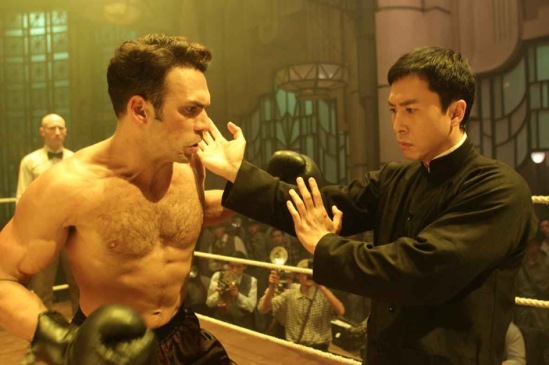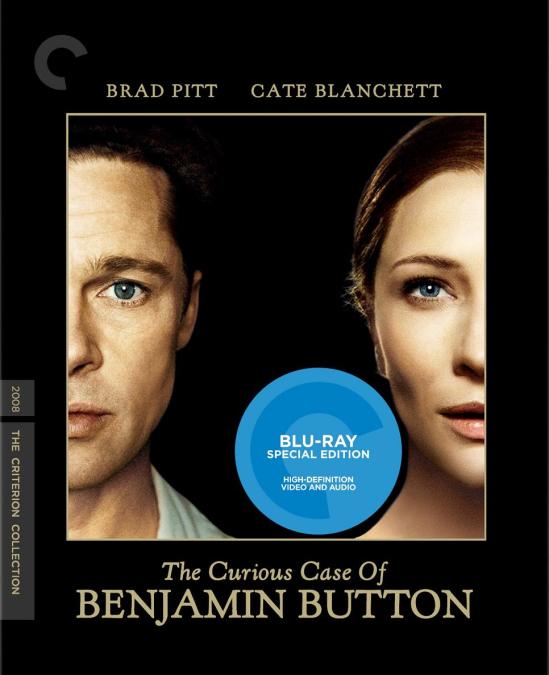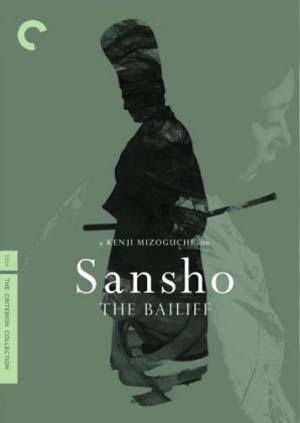 Undisputed II: Last Man Standing was arguably one of the best martial art/action films I’ve come across in the last decade. Although it went largely overlooked, the combination of Michael Jai White and Scott Adkins brought about a perfect storm of screen fighting that really hadn’t been seen before. An up and coming Adkins really cut loose, and the film for all intensive purposes, was choreographed beautifully when it came to camera angles and very complex fight maneuvers. This was largely due to two guys: action director Issac Florentine who is at the helm for part III as well, and who is the man behind the camera of many of Adkins’ martial art bonanzas–including Jean Claude Van Damme’s The Shepard: Border Patrol, and the virtually unknown Ninja. Consequently, he just won an award for Undisputed III back in April at ActionFest as Best Director. The other guy responsible for this crazy barrage of awesome action cinema is Larnell Stovall, the film’s stunt and action coordinator, who just so happened to take home the award for Best Action Choreography at ActionFest. It was certainly an overdue tip of the hat to a man that’s been lending his skills to some of the best action the states have produced in decades, including Michael Jai White’s Blood and Bone and Black Dynamite, and he’s even dipping into the more popular arenas of television doing stunts on the critically acclaimed HBO show, Treme.
Undisputed II: Last Man Standing was arguably one of the best martial art/action films I’ve come across in the last decade. Although it went largely overlooked, the combination of Michael Jai White and Scott Adkins brought about a perfect storm of screen fighting that really hadn’t been seen before. An up and coming Adkins really cut loose, and the film for all intensive purposes, was choreographed beautifully when it came to camera angles and very complex fight maneuvers. This was largely due to two guys: action director Issac Florentine who is at the helm for part III as well, and who is the man behind the camera of many of Adkins’ martial art bonanzas–including Jean Claude Van Damme’s The Shepard: Border Patrol, and the virtually unknown Ninja. Consequently, he just won an award for Undisputed III back in April at ActionFest as Best Director. The other guy responsible for this crazy barrage of awesome action cinema is Larnell Stovall, the film’s stunt and action coordinator, who just so happened to take home the award for Best Action Choreography at ActionFest. It was certainly an overdue tip of the hat to a man that’s been lending his skills to some of the best action the states have produced in decades, including Michael Jai White’s Blood and Bone and Black Dynamite, and he’s even dipping into the more popular arenas of television doing stunts on the critically acclaimed HBO show, Treme.
So when it comes to Undisputed III, we’re not only seeing the most seasoned guys from behind the camera, we’re seeing some of the best action actors ever caught on film. The film offers major action, chalk full of mind-blowing stunts delivered through the ever famous plot vehicle of injustice and impossibility, leading to vengeance and of course, REDEMPTION. *manly fist pump* However, this time around, we’re left without an awesome Michael Jai White–but never fear, Adkins and company deliver the goods just the same. It seems a constant theme with the Undisputed series that the previous movie’s antagonist becomes the next movie’s hero and our previous hero disappears into the mist–George “Iceman” Chambers becomes the good guy in the second installment, and now we have Uri Boyka becoming the protagonist. Not that it makes for a crappy movie, quite the contrary. It’s actually refreshing to see a deviation from most movie sequels where it’s star continues to take on the same tasks against the same villains.
The movie opens up a lit bit after the second chapter, where we find Uri Boyka (Adkins) growing out the hair and beard, looking like somewhat of a hermit. He now hobbles on a bum knee after it was broken by Chambers, making it a constant reminder that he was beaten in the ring. He now works as the prison’s “toilet cleaner”, pushing sludge around with a padded stick. After learning about a tournament that is being held for the world’s best prison fighters to compete for their freedom, Boyka begins his comeback as “the world’s most complete fighter.” Strengthening his knee by rigging up a pulley attached to a huge bucket full of water, he makes his way back into the running for Gaga (Mark Ivanir from Undisputed II) to take him to the international competition. Once there, Boyka is pitted against seven other fighters from seven other prisons around the world, including an loud-mouthed and unlikely pal named Turbo (Mykel Shannon Jenkins) as well as the movie’s juiced up villain, Dolor (Marko Zaror). Set up as a tournament, a bracket of eight is created to decide who is the best in the world, giving the champion their freedom. From here, you can pretty much guess where the plot goes, but what you can guess is how awesome the action gets from here on out.
The only problem I have with the film is the fact that Florentine decided to do a lot of the stunts in slow motion shots. I don’t mind a little bit of speed alteration for action’s sake, but doing it as much as we see in the film kinda takes away from the pace of the fights. The parts that are supposed to be quick and brutal end up taking longer and take the surprise away from the action. However, I do appreciate the lack of visual aids, i.e. wires or CGI (except for one kick that couldn’t avoid its use) which really show how good of athletes these guys really are.
I can’t talk enough about how superb the action was in the film. Some great actors signed on for this one, including the Brazilian capoeira master, Lateef Crowder, Korean Tae Kwon Do master, Ilram Choi, and Chilean martial arts sensation Marko Zaror. Lateef first caught my eye with his fighting skills in Tony Jaa’s Tom Yum Goong (The Protector), and as part of the Zero Gravity Team, his skills are being called upon more and more, currently set to play the iconic role of Eddy Gordo in the upcoming Tekken movie. Lateef gives the audience a lot to marvel at, keeping his movements practical, instead of the flashy dance elements of typical capoeira so that we believe he’s actually in a prison fight. Ilram Choi as the Korean fighter gets the early match against Marko Zaror’s character where we see one of the more exciting aerial fight scenes in the movie. Even though we only get to see him fight once, it’s quite a spectacle, plus we get to see more of Zaror. I hadn’t heard much about this guy until now, but he’s evidently been making big waves as the newest action star from Chile in movies such as Mandrill, and he was also honored at ActionFest as an emerging star. His moves were absolutely phenomenal and certainly rivaled the skills of anyone else in film. Adkins and Zaror were definitely the two best high-fliers in this one, but we can’t forget about Mykel Shannon Jenkins, a man that I’ve never really heard of before this film either, but he fit the bill for his role nicely. His boxing skills were well-tuned for his fights and Florentine made him look almost as good as Michael Jai White did in his boxing scenes for Undisputed II.
Overall, a show-stopper as an action movie with fights galore as well as a story which is pretty decent even if the premise is a bit hackneyed. There’s a fresh perspective here to the genre while Florentine and his crew are carving out their own new niche in the action cinema kingdom. Surprisingly, these films are actually starting to rival the production value of the typically superior Hong Kong actioner. Hong Kong has long upheld their reputation as I’ve discussed recently with new pictures like Ip Man 2, etc, but it’s finally nice to see some effort going into productions throughout the world, while supporting these extremely talented actors and choreographers. Just like what Tony Jaa is doing for Thailand’s action scene or what Johnny Nguyen is doing for Vietnamese cinema, we find actors like Scott Adkins actually getting westerners excited again by making movies of this caliber. Give these guys a generous Hollywood budget already–you won’t regret it.






 If you saw the first Ip Man, chances are you were interested in seeing the sequel. For me, the trailers certainly provided enough evidence of an awesome follow-up, boasting the returns of both director Wilson Yip and action choreographer Sammo Hung, who also gains a starring role this time around. Martial art movie fans alike were thrilled to learn of the return of Sammo and his first on-screen duel with Donnie Yen since 2005’s Sha Po Lang (S.P.L.). After finally getting a chance to catch a viewing of Ip Man 2, I can safely say that while it definitely has an exciting cast and a good amount of fight scenes, it doesn’t quite hold up to either the hype or the original.
If you saw the first Ip Man, chances are you were interested in seeing the sequel. For me, the trailers certainly provided enough evidence of an awesome follow-up, boasting the returns of both director Wilson Yip and action choreographer Sammo Hung, who also gains a starring role this time around. Martial art movie fans alike were thrilled to learn of the return of Sammo and his first on-screen duel with Donnie Yen since 2005’s Sha Po Lang (S.P.L.). After finally getting a chance to catch a viewing of Ip Man 2, I can safely say that while it definitely has an exciting cast and a good amount of fight scenes, it doesn’t quite hold up to either the hype or the original.







